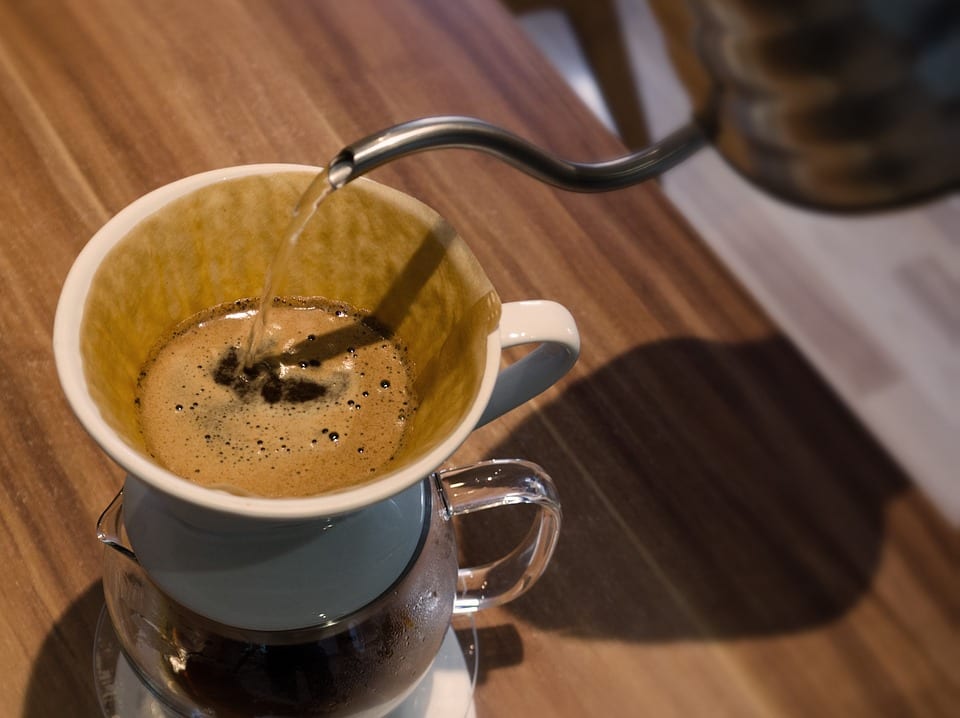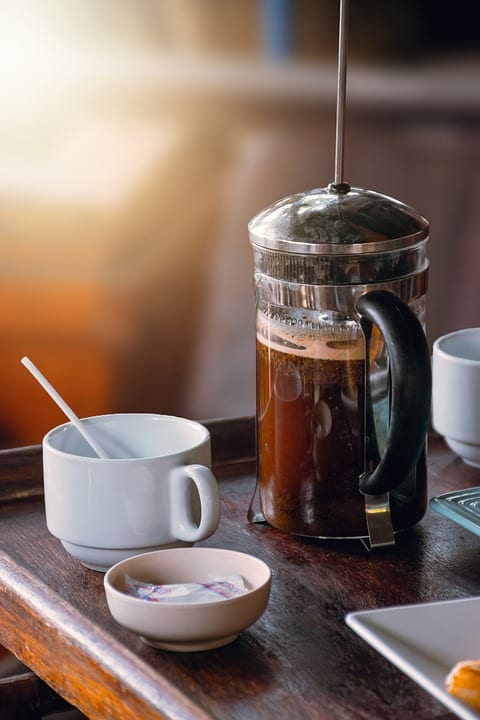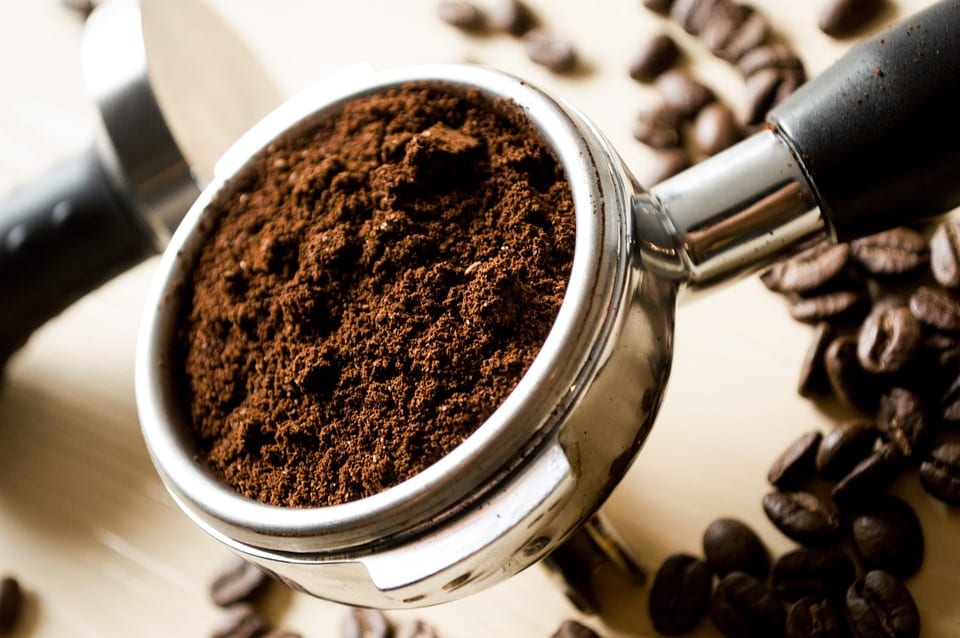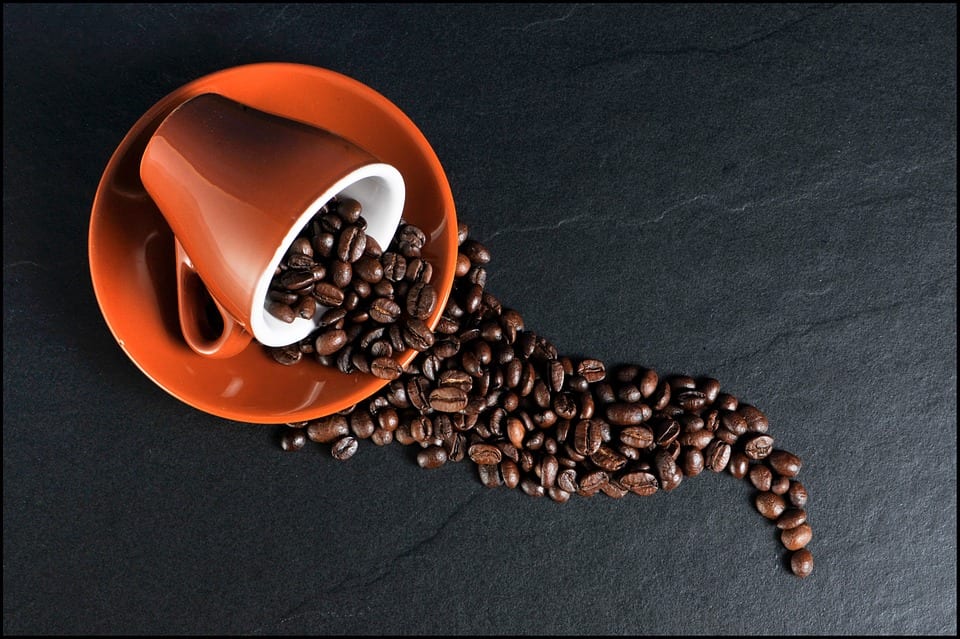We all love a truly well-brewed cup of coffee, but having to pay upwards of $4/cup at a coffee shop is definitely not great if you’re trying to save money. That issue only gets worse if you’re the type of person who needs more than one cup a day. So what’s a budget-conscious coffee lover to do?
If you’ve got the time and the willingness to learn, below are some expert tips on how to feel as if you’re sitting in a coffee shop without leaving your kitchen.
Get Your Ratios Right
Image Credit: Pixabay
Though the experts don’t 100% agree, they get close enough for you to experiment and decide what you think is perfect – for a hot brew, somewhere between 1 part coffee and 15-17 parts water.
Water Matters
Image Credit: Pixabay
If the tap water where you live has an odd taste or smell, try a filter or switch to bottled water. Or, if you want to get fancy, Third Wave Water is a mineral supplement popular among the experts that supposedly aids in coffee extraction and flavor.
The temperature of the water also has to be right – coffee shops brew between 195 and 205 degrees, and most affordable home brewers never even get close.
“Even if you’re starting with really high-quality coffee that’s fresh, ground fresh, and your ratios are right, if you’re not getting to the right temperature you’re never going to extract some of the more dynamic flavors of the coffee,” says Emily Rosenberg, senior educator at Stumptown Coffee Roasters. “I think that’s why we’ve pushed, as an industry, the pour-over method because most people have a way of heating water. Even if it’s just a pot on a stove it’s going to make a huge difference.”
Keep Your Equipment Clean
Image Credit: Pixabay
Michael Phillips of Blue Bottle Coffee Company issues a reminder that coffee extracts oil, which can make your carafe super dirty over time.
“I would bet 90% of the carafes you brew coffee into right now are dirty enough to the point of being able to taste it in the cup. People don’t realize how often and thoroughly they should be cleaning equipment.”
Invest in a Scale
Image Credit: Pixabay
The measurements on coffee makers and carafes are odd, but unless you’re some kind of savant, eyeballing isn’t the best course of action, either, says Rosenberg.
“I liken a lot of the things with coffee prep to cooking or especially baking. You can not follow a recipe and get different results every time you bake a cake. You can follow a recipe that uses volume measurements that’s not gonna be quite as accurate, or you can pull out your scale and really hit the mark on predicting what’s going to come out.”
And Jeremy Lyman, co-founder of Birch Coffee, chimed in, as well.
“If you look at the carafe at the lines that say three, four cups ― those aren’t actual cup sizes, and that can be very confusing. Especially because they don’t tell you they’re not real cups. I think they’re considered five-ounce cups. I don’t know why they do it that way, they just do.”
A Coffee Grinder Isn’t a Bad Idea, Either
Image Credit: Pixabay
When asked whether he would ever use pre-ground coffee, Bailey Manson of Intelligentsia Coffee replied, “if I was going camping.”
Which is to say, it’s best to grind and, what’s more, to do it every day.
“If you leave the loaf of bread and cut a slice each piece is going to be delicious, but the piece you slice within in an hour is going to be stale. Grinding the coffee immediately before is going to give you the best flavor but there’s also the matter of convenience – sometimes I buy the sliced bread.”
One thing that all of the experts agree on is that even though these rules will help improve any cup, you’ll have to do some experimenting to find the perfect cup of coffee for you. Things like acidity and taste vary by region, and different roasts are stronger or lighter, etc.
The perfect excuse for another cup!
The post Coffee Experts Share the Secrets to Making the Perfect Cup of Joe at Home appeared first on UberFacts.




